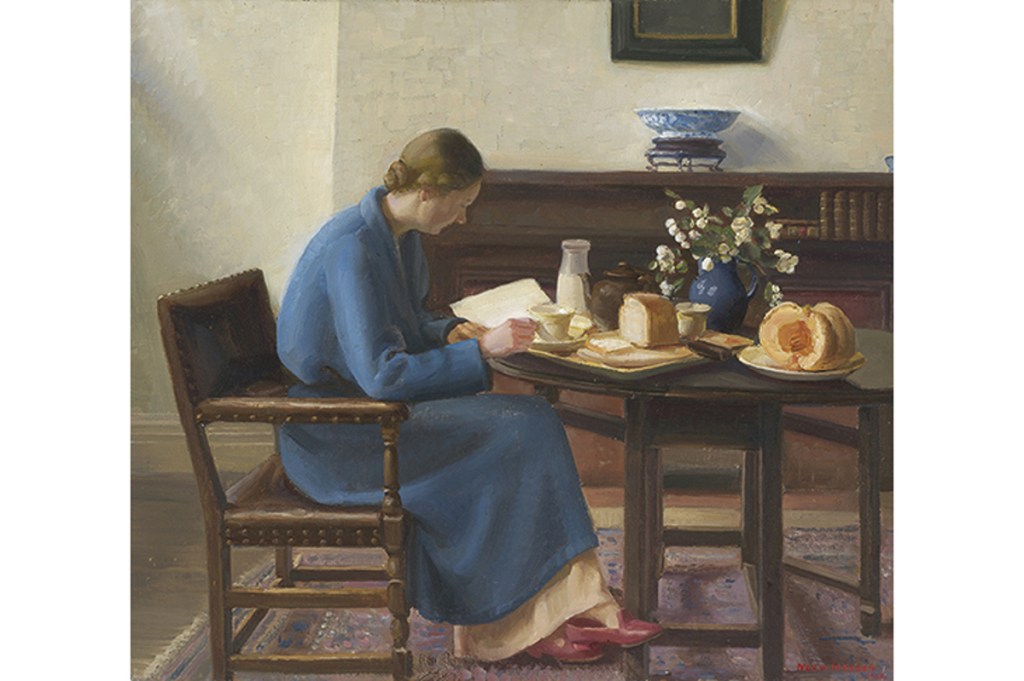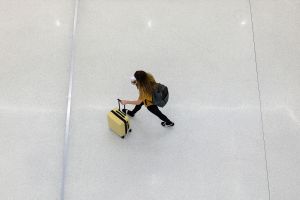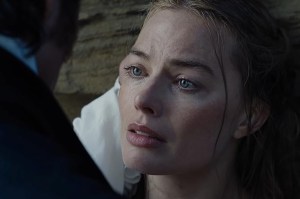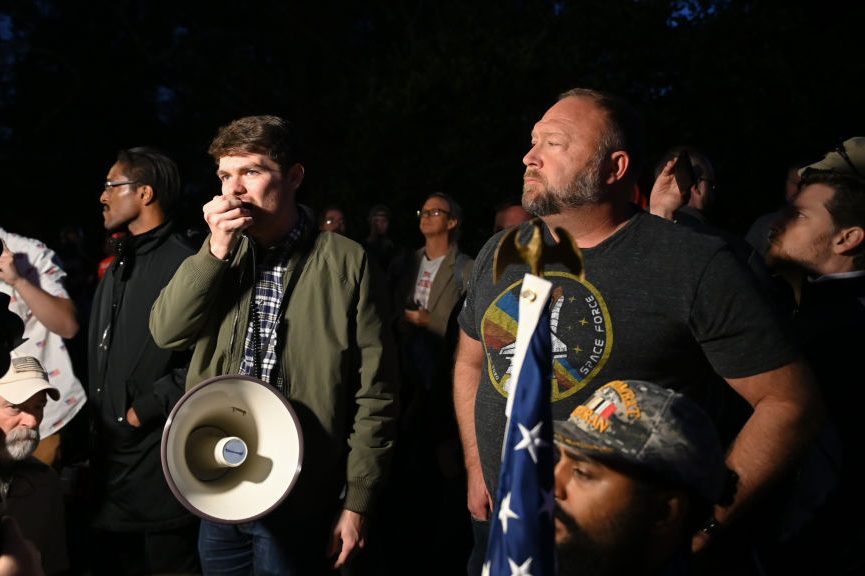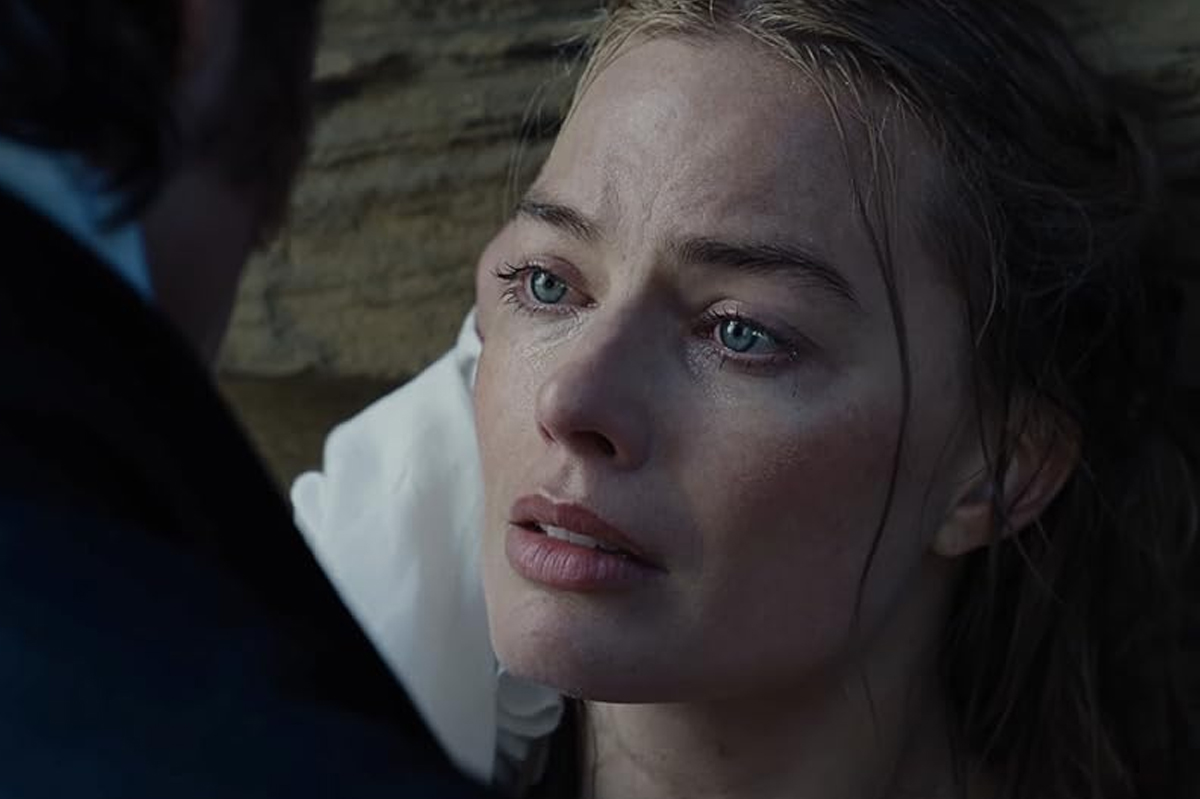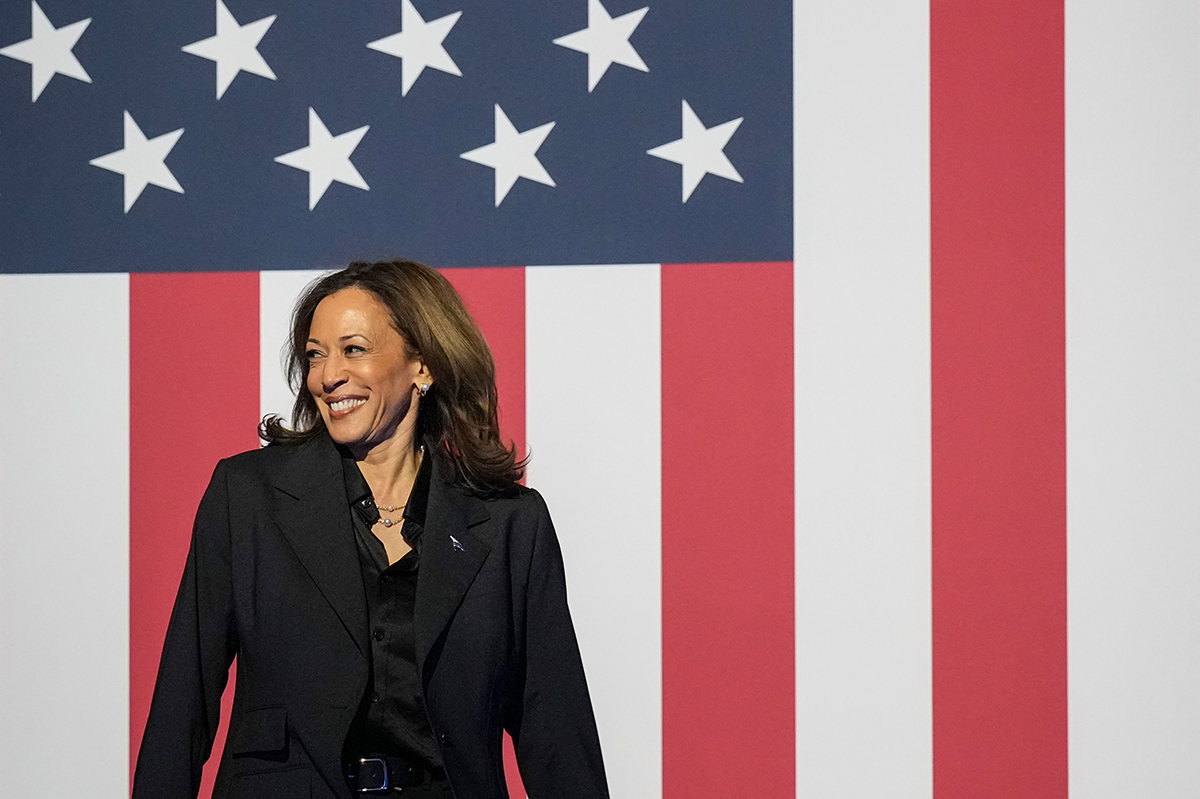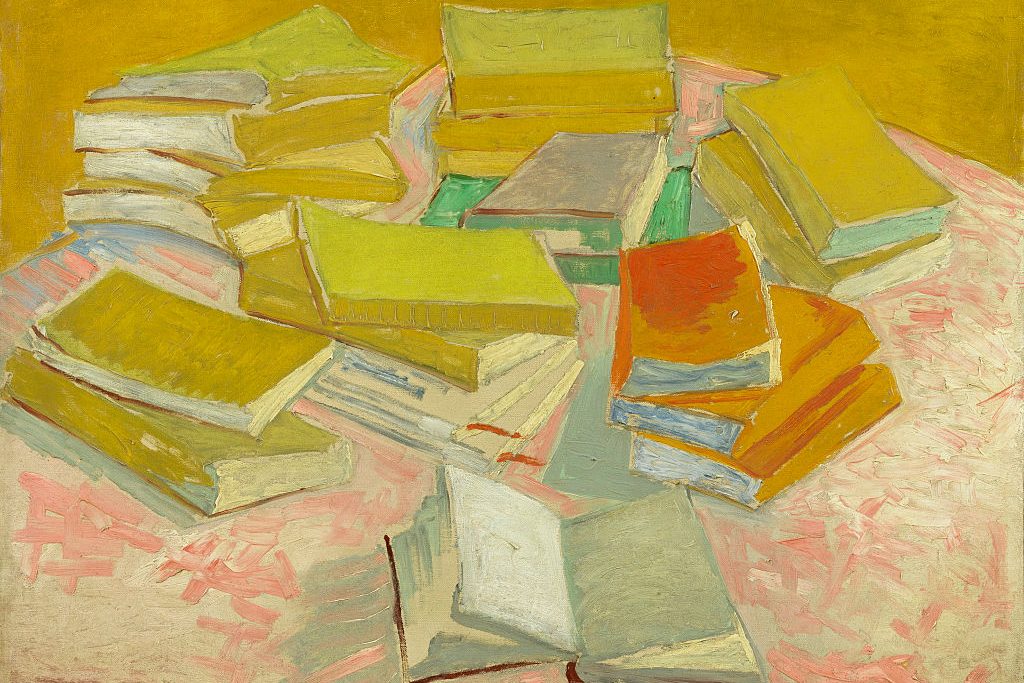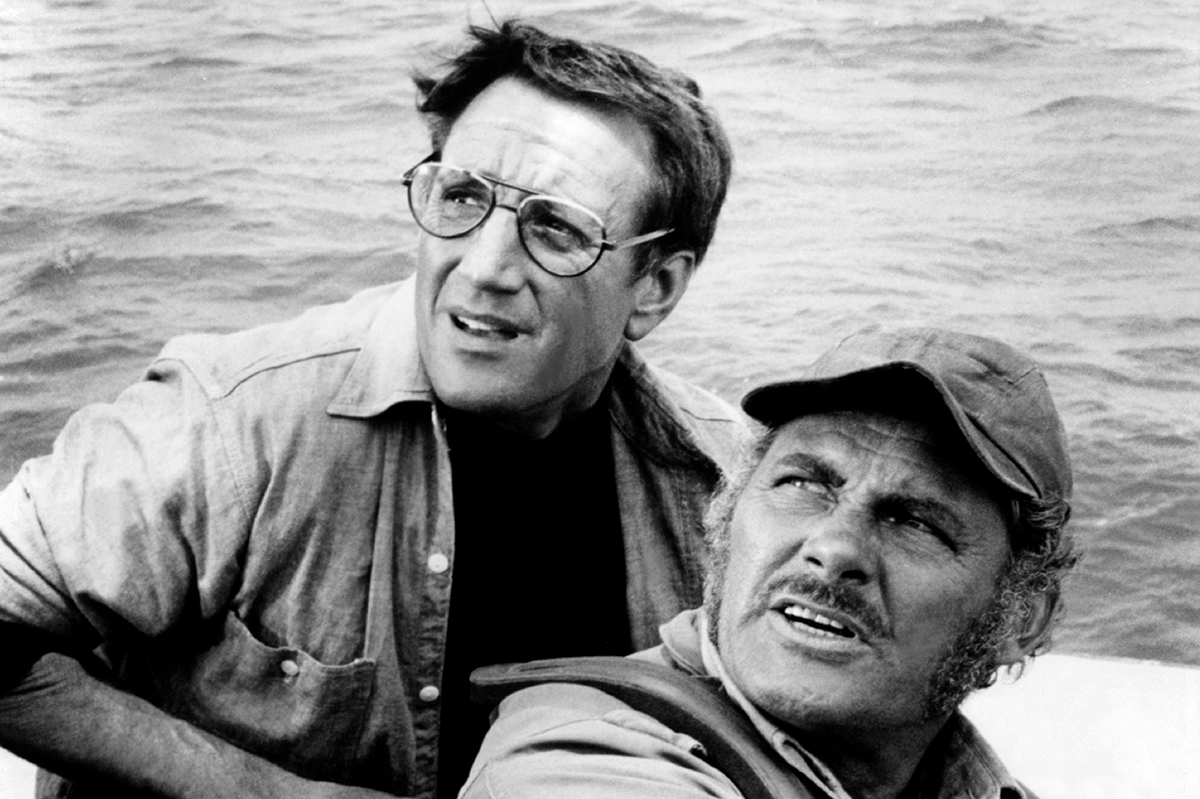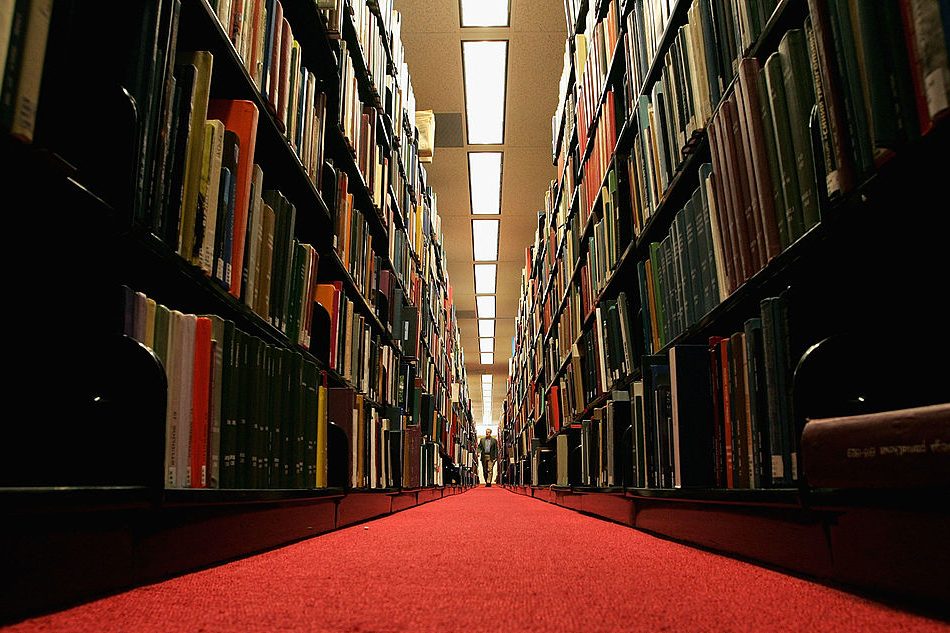I’m a lady, I kept thinking, reading these two books. More: I’m a lady art historian. Oughtn’t I to like books by other lady art historians about lady artists and ladies in art? Why don’t I? Why so out of sync with the sisterhood?
Start with the positive. Jennifer Higgie’s The Mirror and the Palette follows an interesting, original line: ‘If she had access to a mirror, a palette, an easel and paint, a woman could endlessly reflect on her face and, by extension, her place in the world.’ Higgie, editor-at-large at frieze magazine and the host of the (excellent) art history podcast Bow Down, considers the lives and ambitions of a series of women artists in the light of the self-portraits they painted. There are big names — Artemisia Gentileschi, Sofonisba Anguissola, Judith Leyster, Élisabeth Vigée Le Brun, Angelica Kauffman, Gwen John, Leonora Carrington — and hidden gems such as Helene Schjerfbeck, Margaret Preston and the Australian Nora Heysen.
The prologue opens with a modern translation from Christine de Pizan’s The Book of the City of Ladies (1405): ‘Anyone who wanted could cite plentiful examples of exceptional women in the world today: it’s simply a matter of looking for them.’ Higgie has looked and she has found. Often what she has found is absence. In the first editions of E.H. Gombrich’s The Story of Art (1950) and H.W. Janson’s History of Art (1962) not a single woman artist is mentioned. Kenneth Clark’s The Nude (1956) musters not one woman painter or sculptor. In the index, under ‘woman’ are listed: ‘condemnations of; crouching; old; nudes of; prehistoric; statues of; as virgin.’
Women aren’t merely left out, they are actively excluded — from studios, from workshops, from art colleges, clubs and academies. They are restricted by domesticity and diminished by critics. When Nora Heysen became not only the youngest artist to win the Archibald in 1938, the most prestigious art prize in Australia, but the first woman to win it, beating 84 other artists, the Australian Woman’s Weekly reported her victory under the headline ‘Girl Painter Who Won Art Prize is Also a Good Cook.’ The magazine printed Heysen’s recipes for Hungarian goulash, duck with olive sauce and Chilean stuffed green peppers.
Higgie needlessly editorializes. Don’t tell us that Giovanni Boccaccio opines with ‘staggering pomposity’ that ‘the art of painting is mostly alien to the feminine mind and cannot be attained without that great intellectual concentration which women as a rule are very slow to acquire.’ Just quote the blighter. Let the man incriminate himself. ‘Male’ is used in the book as a term, if not of abuse, then certainly of accusation. ‘Male’ — baddie. ‘White male’ — super-baddie. ‘Privileged white male’ — mega-arch-super-baddie.
Catherine McCormack’s Women in the Picture takes art history as its starting point, then casts a wider net. McCormack’s subject is ostensibly four feminine archetypes (Venus; Mothers; Maidens and Dead Damsels; Monstrous Women), but her survey includes Hollywood waxes, Gillette razors, Pinterest boards, influencers, ‘daddy issues’, yummy mummies, bad moms, Stacy’s Mom, Stifler’s Mom, ‘milfdom’, Times Up, #MeToo, Harvey Weinstein, The Handmaid’s Tale, Killing Eve, Beyoncé, Rihanna, Wonder Woman, Kim Kardashian’s internet-breaking bottom and Cardi B and Megan Thee Stallion WAP-ing away. The book is bang up to date, but it can feel like scrolling through the homepage of Jezebel, the self-styled ‘supposedly feminist website’. McCormack is the founder of the ‘Women and Art’ study program at Sotheby’s Institute of Art, and I see how these chapters lend themselves to lively, engaging lectures. On the page they are hard work. She writes of Beyoncé transforming herself
‘by first drowning in the symbolic repressive imagery of the maiden but ultimately passing through it into something new. This “new” is an expression of the ‘black feminine’ seen on its own terms, and beyond the polarizing framework of white culture that sees blackness (or black femininity) only in terms of non-whiteness and as exotic and “other”.’
I get what she means, but, oof, it’s an effort. Describing Titian’s ‘Rape of Europa’ (1560- 62) McCormack writes of ‘succulent thighs splayed awkwardly akimbo’. Splayed and akimbo? When it comes to Medusa, her ‘early identity and snaky attributes are complex and muddied by the sands of time’. Is sand muddy? Some of it is simply silly. Observing that Velázquez’s ‘The Rokeby Venus’ (1647-51) is flanked in London’s National Gallery by portraits of an archbishop and a king, McCormack asks: ‘Do they guard her or own her?’ Neither. Don’t go looking for trouble and don’t problematize the unproblematic.
McCormack isn’t wrong. I’m with her on a lot of it, but the tone of grudge, gripe and the grievance of millennia does the case no favors. It’s what put me off feminist art history at university. It’s what puts a lot of people off. The Higgie approach is at least moderately more celebratory. When Higgie quotes a letter from Élisabeth Vigée le Brun, making a splash in Florence — ‘They call me Madame Van Dyck, Madame Rubens’ — I want to cheer.
You catch more flies with honey than vinegar and you catch more readers with good prose than bad. The writing in both books is pedestrian. One sentence plods after another. The authors’ voices never skip, never vary, never run away with their readers. A little wit, lightness and irony would go a long way. It isn’t — to squash one sexist canard — that women aren’t funny. See Bridget Phetasy in The Spectator for proof otherwise. What’s wanted isn’t necessarily humor, but what Kenneth Clark, borrowing from Baldassare Castiglione’s Book of the Courtier, might have called sprezzatura — ease, dash, amusement, a taking of pleasure in life. Clark may have sinned by omission in The Nude, but, my god, the man could write. Such sinuous, persuasive prose.
I sometimes catch myself reading an essay by Clark or Ruskin or Clive Bell or Robert Hughes or Roger Fry and nodding as I go along: yes, yes, absolutely. It’s only at the end that I think: ‘Hang on a minute. I don’t agree with a word you’ve said.’ They lift you up, these pale, stale males, like the abductors in Giambologna’s ‘Rape of the Sabine Women’, and carry you off. Call me a patsy of the patriarchy, but reading Griselda Pollock has only ever cast me down.
The National Gallery of London’s ‘Artemisia’ exhibition last year went big on Gentileschi’s line, written to a patron: ‘I will show Your Illustrious Lordship what a woman can do.’ Boom. That’s the stuff. Immediately you’re on her side, fighting her corner, willing her on. It’s the Shania Twain spirit: Man! I Feel Like a Woman!
Man, I felt depressed reading these books with their narratives of struggle, misogyny, marginalization, being overlooked and being always on the outside looking in. Or on the walls looking on. All books about women artists must wag a finger at Johann Zoffany’s group portrait ‘The Academicians of the Royal Academy’ (1771-2). Here come the boys, all breeches and palettes, and, there, where you might easily miss them, are the two women members, the only ones, Mary Moser and Angelica Kauffman, reduced to pictures on a wall. It’s always told as if it were an insult. Reframe the picture, shift the story. Might not Moser and Kauffman have looked at one another — and at all the lady painters who didn’t make the cut — and thought in quiet triumph: ‘We’re in.’
This article was originally published in The Spectator’s November 2021 World edition.



